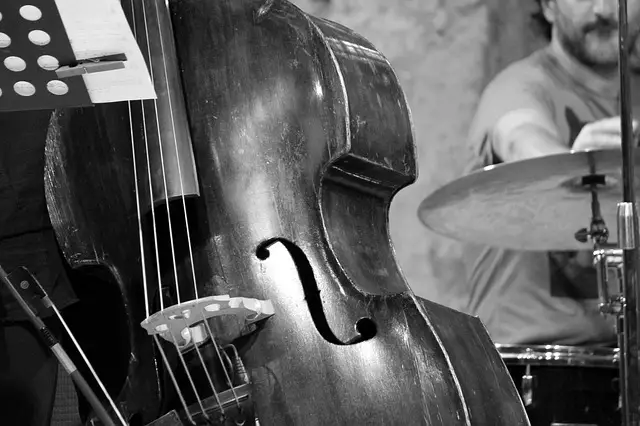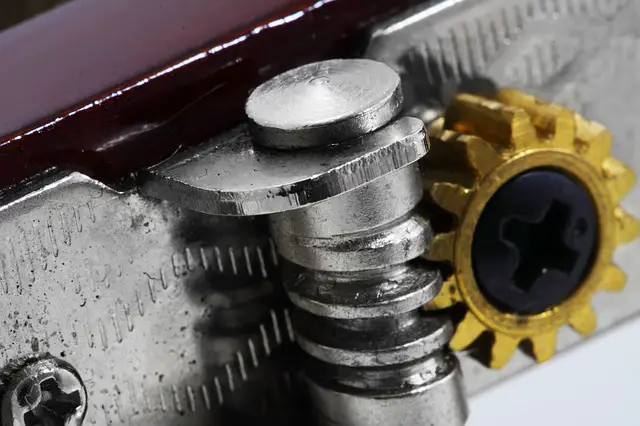
Tips For Tuning Your Double Bass
String musicians must learn how to tune their instruments properly as one of the first things they must learn. Despite the fact that you probably know the basics, tuning your double bass can be a challenge. Because the proportions are so large, each string has an impact on the others. Furthermore, the tuning differs from other string instruments in that it uses fourths rather than fifths.
Learning how to tune your double bass (or upright bass) necessitates three things: a thorough understanding of the process, consistent practise, and perseverance. Essentially, you should check your bass for tuning every time you play, so getting the practise is a no-brainer. Learning the process is a simple matter of education and training, as well as knowing a few useful tips for new students.
Developing patience is the most difficult part, and it is largely dependent on your own self discipline.
These pointers will assist you in mastering those skills so that tuning your double bass becomes second nature instead of a terrible chore.
Contents
Get a digital tuner
Although you won’t have to use this device forever, a digital tuner makes the process much easier for newcomers. You’ll be allowed to use piano tones or another source note as a beginning point once your ear has developed. Using a digital tuner will initially assist you in maintaining consistency.
Digital tuners that clip onto the bridge of your double bass are available. It’s an outstanding, low-cost investment as an instrument. The tuner detects the instrument’s vibrations and provides extremely accurate results.
The double bass can be tuned in a variety of ways, depending on the type of music you want to play. The 4 string double bass, unlike other violin family instruments, is tuned in fourths rather than fifths. Although some basses have five strings, as a beginner bassist, you’ll most likely use the “orchestral” (standard) tuning of E, A, D, and G on your four-string model.
This is the tuning most commonly used in rock, jazz, bluegrass, and country music styles, as well as by most orchestra bassists, as the name implies. The “orchestra gauge” bass strings are designed to provide the best response and stress for this tuning.
You can also use fifths tuning, which is one octave lower than the cello. Because of the increased resonance it produces, this method is used by many professionals. Strings labeled “Red Mitchell” or “5ths” must be purchased.
Even though the “Combo” tuning of E, B, E, A has grown in popularity over the last 20 years, more advanced bassists use this mix of fourths and fifths for particular styles.
Techniques for Tuning
Clip a clip-on tuner to your bridge if you’re using one. However, if you’re using a model that doesn’t connect, that’s fine as well; just make sure it’s as close to the F-holes as possible. When tuning your double bass, for example, place a chair or stool in front of it.
Pluck the string starting with the open G. Note that, as with all string instruments, you should work up to the right pitch (if possible) rather than loosening the string. Because the strings are under tension, gradually increasing the tension rather than releasing it is more stable.
After the G string has been tuned, move on to the D string. Continue in the same manner, going to the A and then the E.
Tuning Advice
- It’s necessary to remember that the tension on each string affects the others, so once you’ve finished tuning the 1st pass, go back and double-check each one. It’s a great idea to repeat this process at least two times.
- To bring the string up to pitch, use half turns and then smaller adjustments.
- If your bass strings creak or crack as you increase the tension, don’t be alarmed. For the most part, this is normal.
- Small clip-on tuners are usually less than $10 and fit easily in your case, so buying an extra one for emergency situations is a great idea. For example, if the battery in your main one dies, or if you need to instantly tune your bass for a performance.
New students must learn how to tune their double bass correctly. Your intonation will suffer during practice if the strings are not at the correct pitch. You can keep improving your performance if you take your time and ensure your instrument is tuned properly every time you play.
Double Bass FAQ’s
How high should a double bass’s strings be?
Check to see if your “E” and “A” strings are 7 to 8 mm (0.28 to 0.31 in) tall. Check the height of your bass strings above the fingerboard with a ruler.
What is used to improve bass tone?
The high end is dulled when using flat-wound strings. When you use flatwounds, your bass will sound thicker and warmer. Roundwounds, on the other hand, have a much brighter appearance.
How can I make my bass sound more full?
Use a sine wave as sub-bass by layering your bass with a sine wave that plays the same notes as your main bass.
- Viola vs Violin – 5 Key Differences Between The Two Instruments - March 20, 2024
- 15 of the Most Famous Violinists of All Time (18th Century to Present) - March 20, 2024
- Full School Band Instruments List (Elementary / Middle / High) - March 18, 2024


